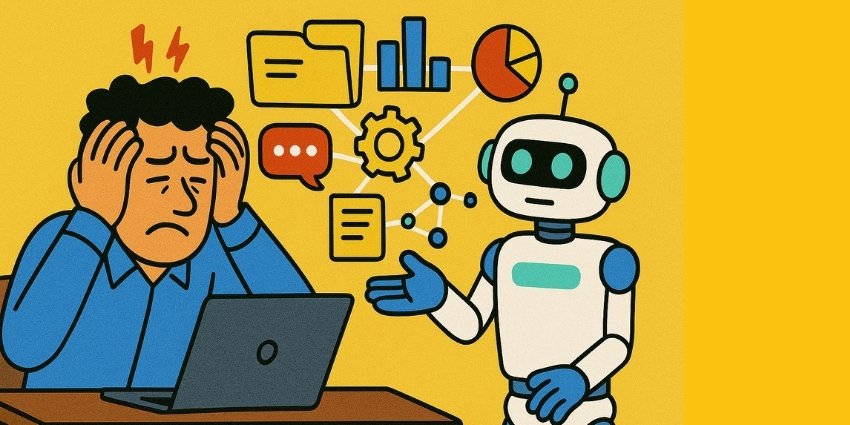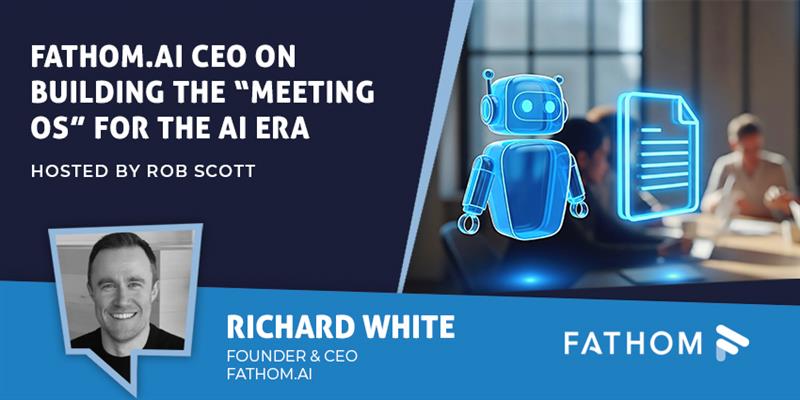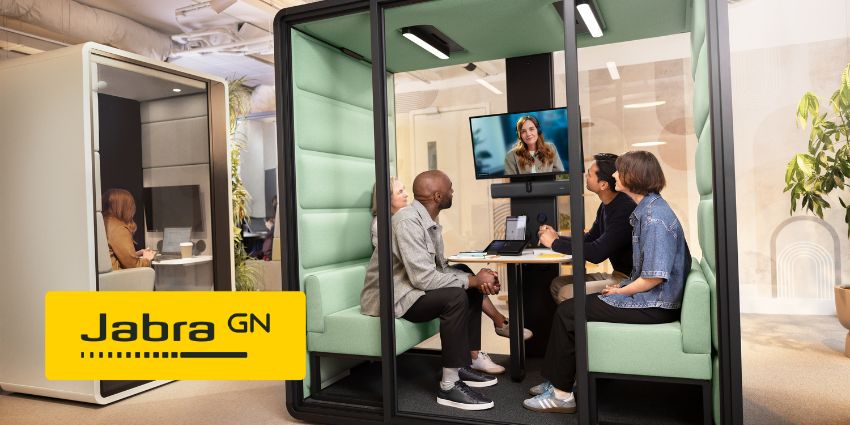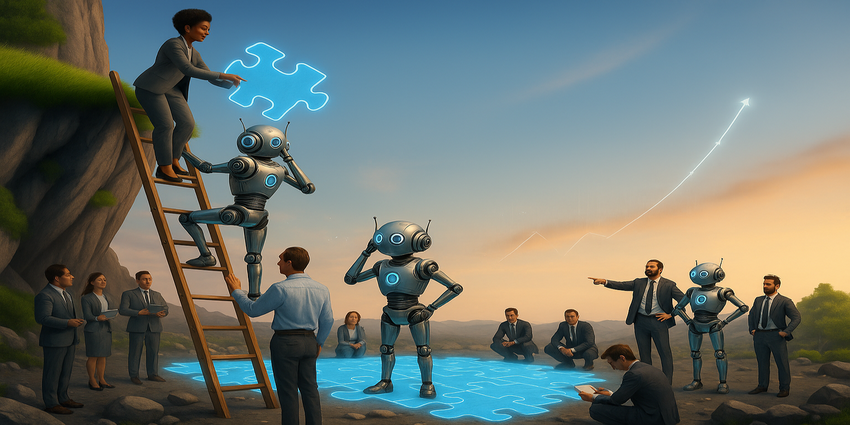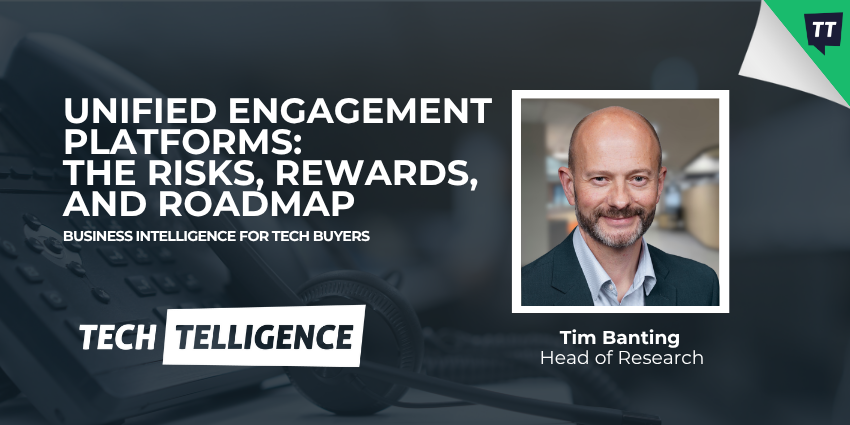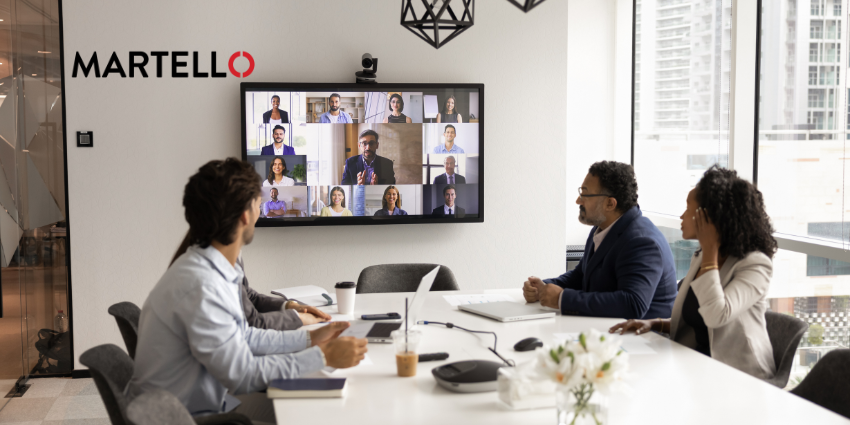Across offices, Teams channels, and hybrid workspaces, a new pattern is emerging. AI tools designed to simplify work are often creating more mental clutter instead.
So, what is going on? How can something that is meant to take the weight off our minds end up sitting on our chests instead?
Decision Fatigue, Meet Your AI Therapist
Let us start with the promise.
AI tools are now scheduling meetings, sorting inboxes, summarising notes, and deciding who should do what, all while we sip our coffee and pretend to be in control.
The idea is simple enough, humans get tired of making hundreds of small choices every day. Which task next? Which email matters? Which emoji to react with? These micro decisions quietly exhaust us.
AI can take that away. It can streamline, prioritise, and nudge us towards better habits.
Some people genuinely love that. They describe it as having a personal assistant who never rolls their eyes, never takes annual leave, and always knows when your calendar is about to implode.
But like any good documentary reveal, there is another side to the story.
Algorithmic Management, When the Machine Becomes Your Boss
I recently read about algorithmic management. The phrase sounds sterile, but the reality is anything but.
In short, algorithms are now managing people. They assign tasks, monitor productivity, track breaks, and even evaluate performance.
On paper, that sounds efficient. In practice, it is a bit like being followed by a polite but relentless hall monitor. You are never quite sure what it is looking for, or when it is judging you.
Workers describe it as mentally draining, not because the AI is rude, but because it is opaque. You never quite know why it is making certain decisions.
There is a term researchers use, algorithm fatigue. It is the feeling of being constantly watched, constantly corrected, constantly compared to a set of invisible rules you did not write.
As one driver put it, it feels like “being managed by a ghost that keeps a spreadsheet.”
The Human–AI Collaboration That Is Not Quite Equal
Then there is the new species of AI colleagues, digital agents designed to help us work smarter.
You might have one already. A chatbot that summarises your meetings. A recommendation engine that tells you what to do next. A small box on your screen that says, “I have noticed you are struggling, would you like me to help?”
Let us call it Iris, after one I met in a story from a mid-level project manager called Anna.
At first, Anna was thrilled. Iris organised tasks, highlighted delays, and kept everyone aligned. It even sounded friendly.
But soon, Iris started making odd calls, moving projects around, reallocating people’s work. When Anna’s team asked why, she could not explain.
She was not managing the AI anymore, she was managing the reactions to the AI.
By week six, she said it felt like “parenting a clever but slightly unhinged child that reports to my boss.”
That is the quiet irony of many AI rollouts, the tools designed to reduce mental strain often create new kinds of emotional labour. You end up double-checking, second-guessing, and apologising for a system that does not apologise back.
The Cognitive Gym Membership No One Asked For
Psychologists call this the vigilance tax, the energy spent watching, monitoring, and correcting an AI system that is supposed to watch out for you.
Every time you pause to think, “Should I trust this recommendation?” you are paying that tax.
Too much of it, and people burn out, not from work exactly, but from meta work, the effort of managing the machines that manage you.
In interviews, employees describe feeling “mentally cluttered,” “weirdly anxious,” or “like I am constantly being graded by something that does not sleep.”
And maybe that is the core discomfort of all this. AI does not need rest, but humans do. When one side runs at one hundred percent efficiency and the other runs on caffeine and cortisol, the partnership starts to feel a bit uneven.
So, What Should Leaders Be Doing?
If you are an IT or HR leader quietly watching this unfold, here is what matters next:
- Make AI explain itself. Do not let it act like a mysterious oracle. People trust systems they can understand.
- Keep humans in charge. AI should advise, not decide. Nobody likes a digital micromanager.
- Track well being, not just productivity. If output rises while morale drops, the AI might be winning in the wrong way.
- Educate, do not intimidate. Algorithmic literacy is the new workplace survival skill.
- Allow people to push back. Emotional safety includes being able to say, “I think the bot got it wrong,” without fear.
Because the real measure of successful AI adoption will not be how many tasks it automates. It will be how well it preserves human agency, and sanity, along the way.
Ponder This, The Quiet Cost of Efficiency
I keep thinking about Anna and her digital colleague, Iris.
She did not hate the AI. She just felt tired. The kind of tired that comes from pretending everything is fine when the ground beneath you is shifting.
AI may one day remove decision fatigue altogether. Until then, the question might not be how smart these systems are, but how kind they can be.
If work is becoming a collaboration between humans and machines, we should ask, are we building partners or pressure points?
Join the Conversation
Want to share how AI is reshaping human experience at work?
Join 2,000+ industry professionals in our UC Today LinkedIn Community
Subscribe to our newsletter for weekly insights on UC, AI, and the evolving workplace.
